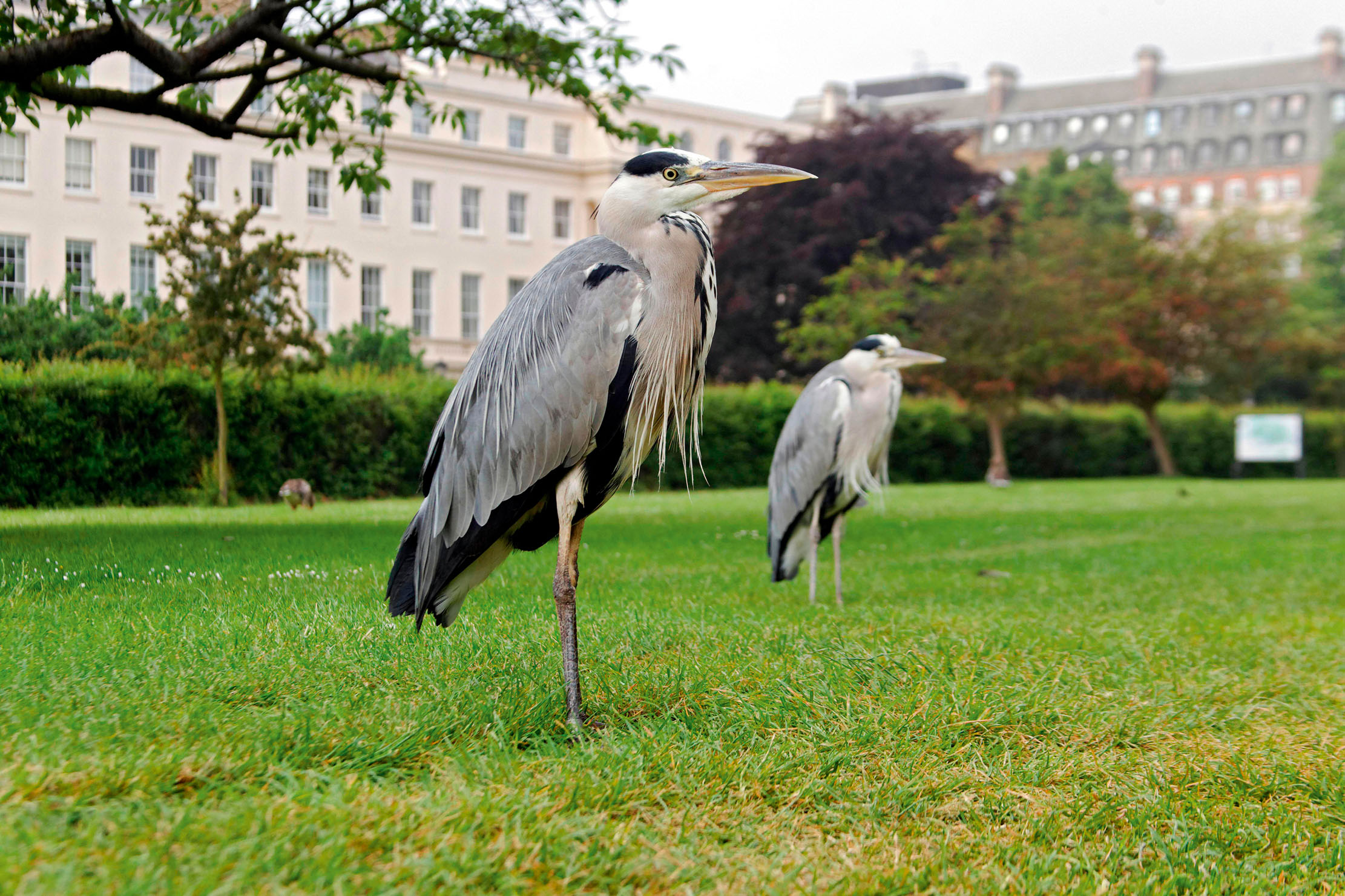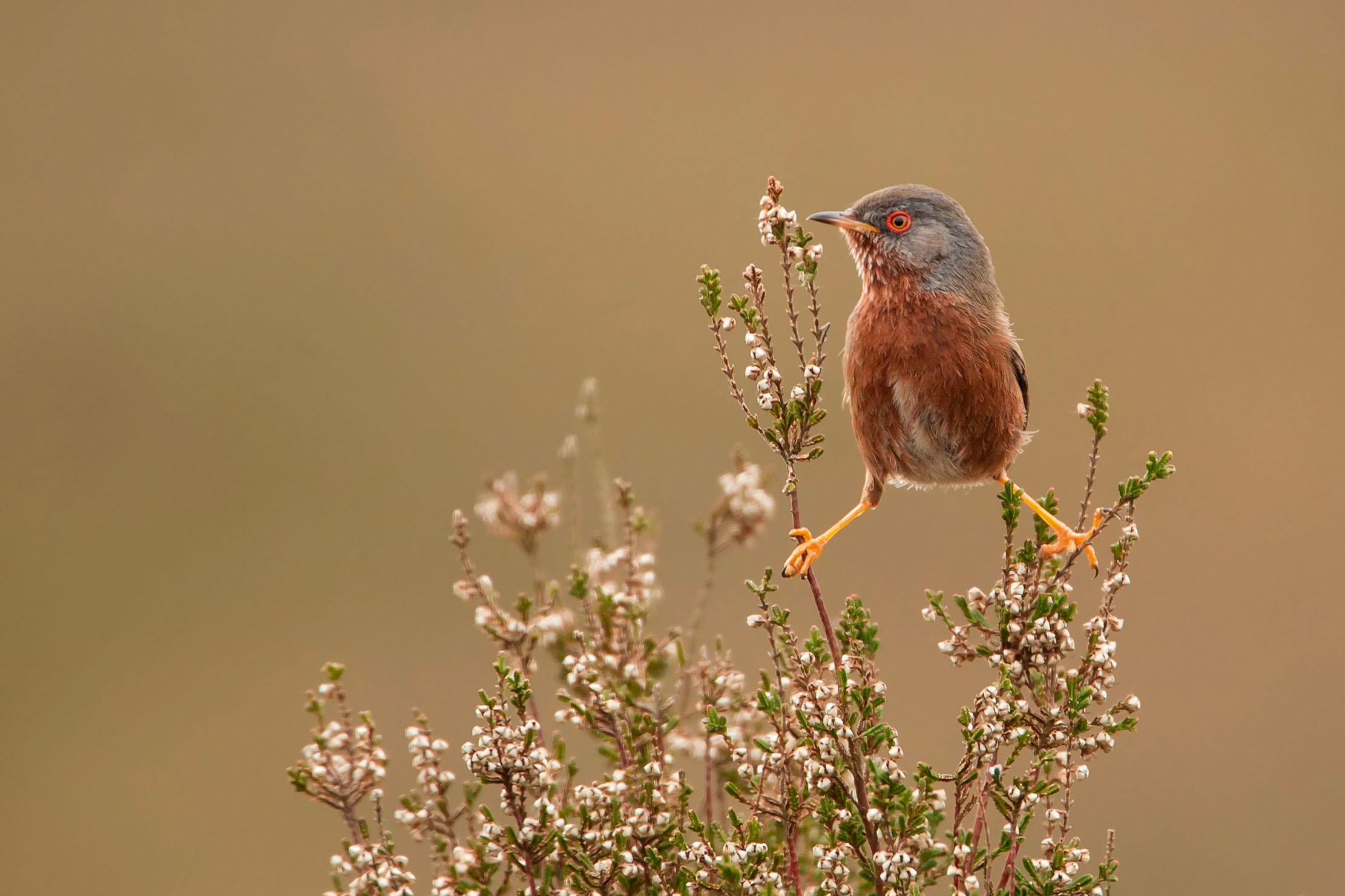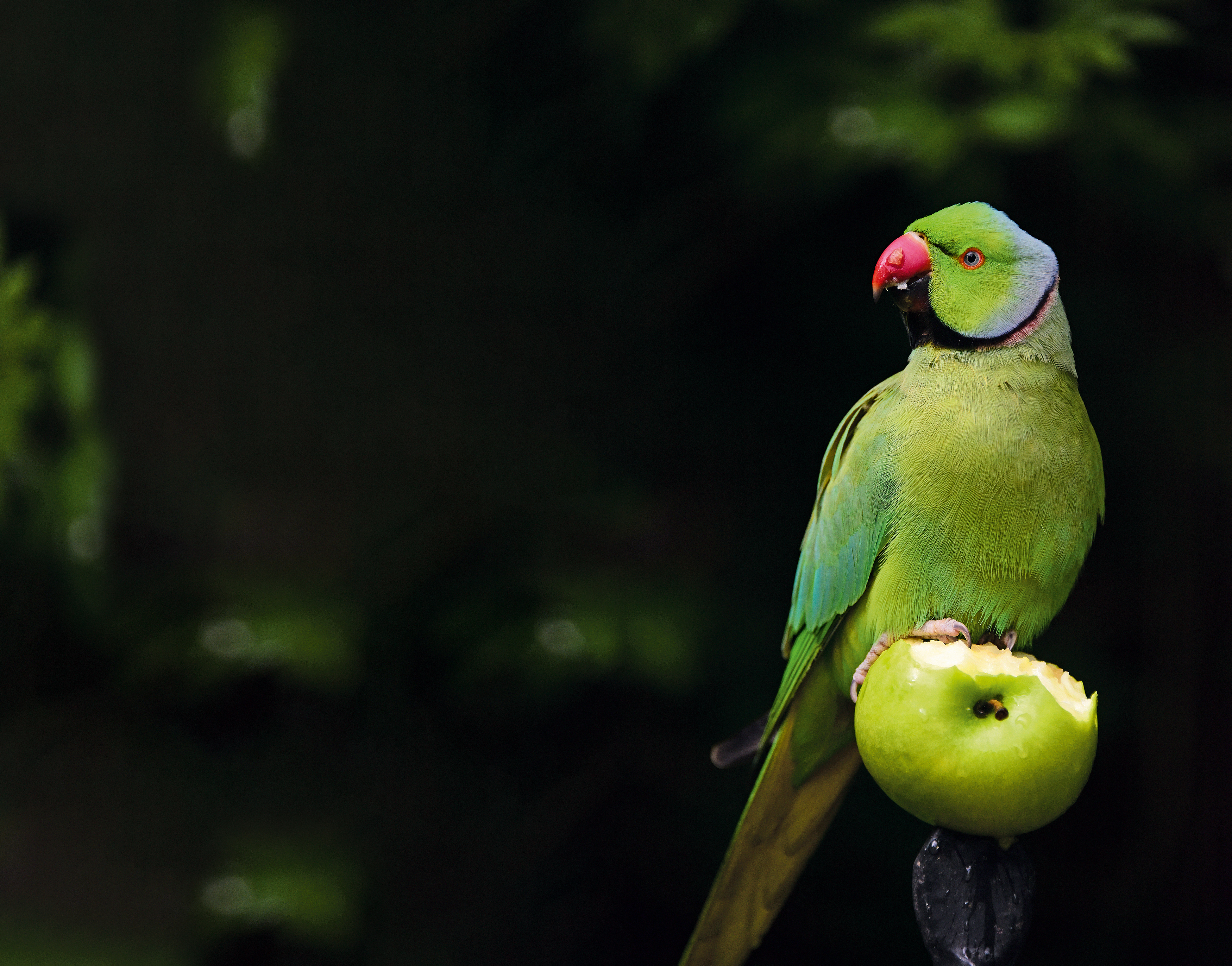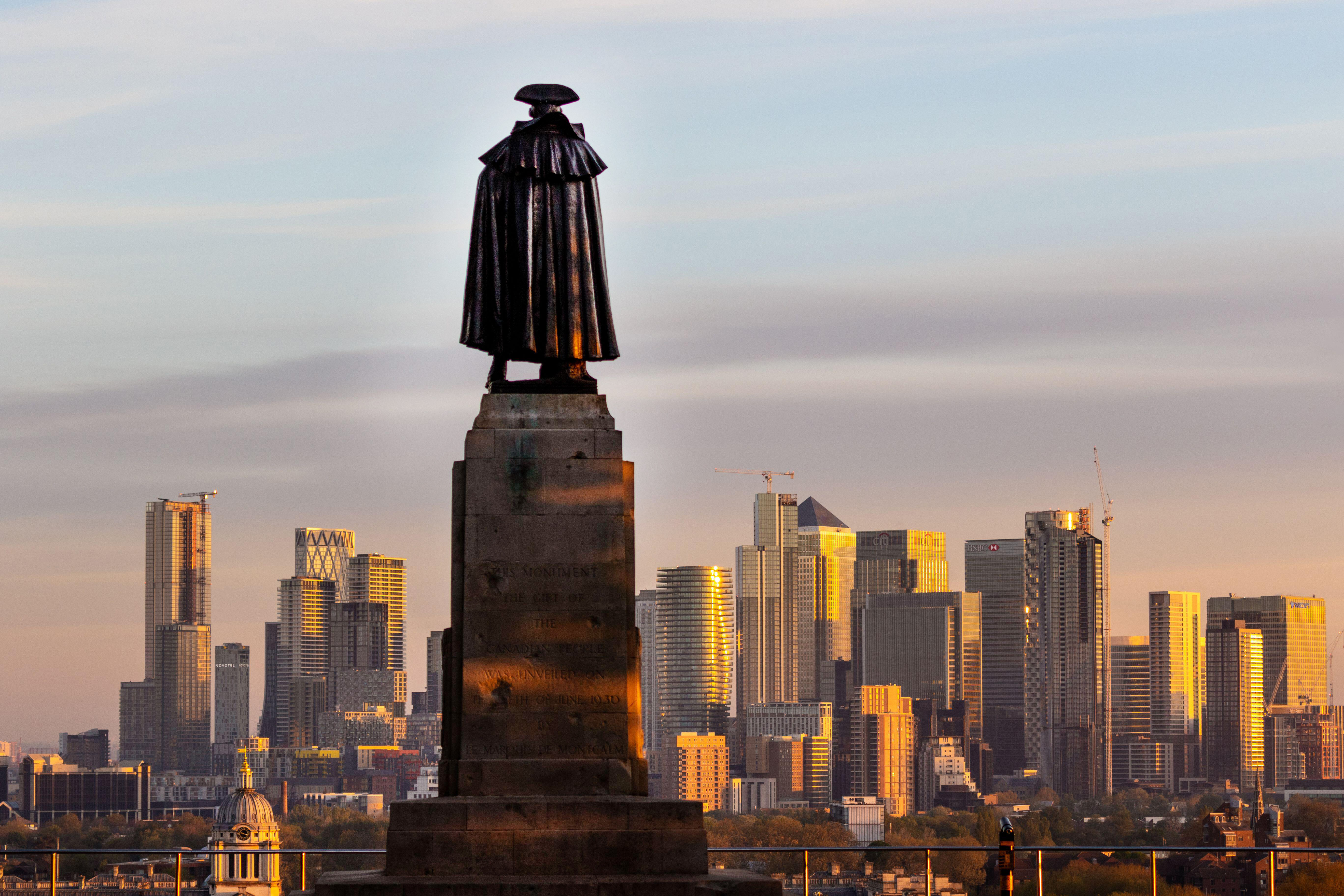You might think a book about the birds that lived in London 75 years ago would make for gloomy reading. Nothing could be further from the truth.
75 years ago, Richard Fitter published the seminal book 'London’s Birds'. Jack Watkins takes a look inside to see what it tells us about the changing face of the capital’s avian population — and comes away marvelling at how our winged friends have thrived despite the march of metropolitan progress.


When Richard Fitter’s London’s Birds was published in 1949, it became the first book to deal exclusively with its eponymous subject for 25 years. Despite such a gap, birds have likely been studied more closely in London for a longer period of time than in any other city in the world. The first record of red kites in the city dates back to the Roman period.
London’s Birds appeared on bookshelves shortly after the Second World War and, as a result, was full of references to birds exploiting bomb sites for nesting and feeding opportunities. Pigeons lived in the dining rooms of damaged Mayfair properties; linnets foraged among the rubble of what was once a house in Campden Hill; wheatears — less familiar to inner London even then — were spotted on the pockmarked ground of Stepney and Cripplegate.
Many species had proven highly adaptable to London life for centuries, explained Fitter (1913–2005). ‘To a bird the city of London must appear as a network of narrow canyons faced by tall cliffs with numerous ledges and crannies,’ he wrote. And although by 1939 there were likely no ploughed fields left across the whole of London — there had been an increase in allotments and the partial ploughing of Bushy Park and Parliament Hill Fields before the war — Fitter describes a metropolis rich in avifauna, albeit changing before his very own eyes.

Throughout the book, there are references to birds once familiar to Londoners, but, by the time of writing, seldom seen. Ravens, for example, had been hard-to-miss street scavengers well into the 19th century, but no longer bred in town. When swathes of trees were cut down on Kensington Gardens’ Broad Walk in the 1880s, a huge rookery was destroyed in the process, much to the dismay of author and naturalist W. H. Hudson. It was a particularly poignant loss given that, in the same century, Leigh Hunt, English critic and co-founder of The Examiner, had described how the return of rooks to these roosts towards nightfall ‘gave Kensington the air of a remote country town’. By 1947, London was ‘wholly rookless’.
William Harrison Ainsworth, a novelist and associate of Charles Dickens, entertained guests at his home in Kensal Green — which in the 1880s was home to two large dairy farms — by taking them for a stroll along the Harrow Road to listen to the nightingales. The nightingales’ favoured thickets were quickly vanishing as the capital burst outwards and, by the early 20th century, the species rarely bred anywhere beyond Wimbledon Common. It was, however, occasionally heard in places such as Portman Square in the 1930s.
City living suited the more opportunistic winged species. Fitter noted that pigeons were happy to nest on the dockland cranes, even when the machines were in active use, and that starlings had a penchant for roosting among the acanthus leaves of Corinthian capitals — from St Martin-in-the-Fields and the Royal Opera House to the Port of London Authority building on Tower Hill. The black redstart was London’s newest breeding bird in Fitter’s time. Originally a mountain-dwelling bird, it was equally as content with London’s ever-soaring skyline (together with mallard ducks, which were not averse to nesting atop high buildings) and one was once spotted singing from a 260ft-high flagstaff on Senate House, the newly opened University of London headquarters. ‘Surely the loftiest song post on record for any British bird,’ reckoned Fitter.
A growing population of great spotted woodpeckers and tawny owls did plenty to prove that age is only a number and that it brings some excellent benefits when their success was put down to the senescent trees in London’s parks, squares and gardens. The tawny owl — which relies on the hollows that form inside the trunks of more mature trees in which to nest — can still be seen in Regent’s Park, as can 47 other nesting species, including kestrels. The total species list exceeds 200, but keep a special eye out for a pair of peregrine falcons that first set up home on a building close to the edge of the park in 2003. A year later, with a little help from Royal Parks wildlife officers (who twice rescued the chicks), they managed to rear two young.
Exquisite houses, the beauty of Nature, and how to get the most from your life, straight to your inbox.

Fitter kindly championed the humble house sparrow and ‘London pigeon’, disregarded by many of his contemporaries as unworthy of study, including them in his Pocket Guide to British Birds, published by Collins in 1952. It was one of the first guides of its type and made bird identification much easier for the average person. Today, there is a range of websites, apps and groups for anyone with a casual interest in the subject to read, download and join, even bird-identification phone apps Warblr and Merlin.
And although there have undoubtedly been not-for-the-better changes in London’s bird population since London’s Birds, there are some happier stories. Fitter, who once asserted ‘with a fair degree of certainty’ that herons would never again breed in central London outside of a zoo, would likely be quite surprised to find a population of them in Regent’s Park (remarkably tame) and Battersea Park. Ring-necked parakeets have added some colour — and controversy — to proceedings and milder weather and improving water quality has meant more fish and a gradual increase in sightings of the shy kingfisher.
In recent decades, a management regime sensitive to Nature’s requirements has seen the number of species of breeding birds in London’s Royal Parks double. These include treecreepers, chiffchaffs, chatty reed warblers, tawny and little owls, great-crested and little grebes, Canada and Egyptian geese, shelducks and pochard. The London Wetland Centre in Barnes is only one example of outstanding habitat creation, dwelling place of lapwings and little ringed plovers. In the ancient parkland of Richmond Park, London’s largest green space, the Richmond Park Bird Recording Group carries out regular counts of common and rare birds. Look out for the stonechats and Dartford warblers — more usually observed in the winter.
Fitter and Hudson, who did so much to encourage better appreciation of the life of birds in urban areas, would be delighted.

Credit: Getty Images
Curious Questions: Are parakeets a treasure or a curse?
Ring-necked parakeets have made themselves at home across London and beyond, but how did these birds come to swap tropical

The wren: 8 things you ought to know about Britain's most common bird
It may be diminutive, but the perky-tailed wren has a powerful song and the ancient title of king among birds,

Anything but bird-brained: The amazing wartime feats of carrier pigeons
‘Do pigeons have brains?’, the wartime Air Ministry once debated. BBC Security Correspondent Gordon Corera recounts the daring feats of

London's Pleasant Pastures: Uncovering the fascinating history of the city's Royal Parks and the animals who live within them
From evidence of prehistoric life in Greenwich Park to shire horses in Richmond Park, there’s more to London’s Royal Parks
Jack Watkins has written on conservation and Nature for The Independent, The Guardian and The Daily Telegraph. He also writes about lost London, history, ghosts — and on early rock 'n' roll, soul and the neglected art of crooning for various music magazines
